14.04.2025
The Brainfix Series 6 - Make it Smooth. And reduce any resistance

Welcome to Episode six: Make it Smooth.
Our unconscious brain tends to shy away from complexity, struggling to find a starting point and often succumbing to resistance. In psychological studies, they discovered that there are three bigger resistances to change:
reactance, scepticism and inertia.
If we can reduce these resistances, acceptance of change will be easier.
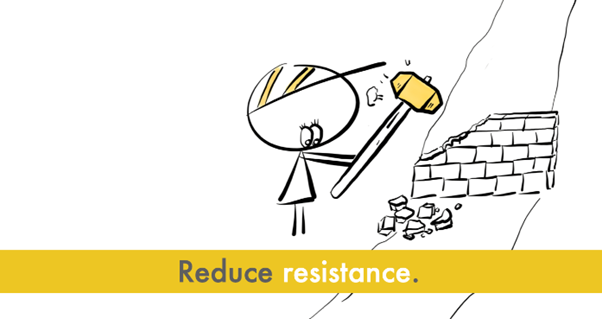
Reactance refers to the psychological phenomenon where individuals react defensively or resist attempts to restrict their freedom or autonomy. It arises when people perceive that their freedom of choice is threatened, leading them to assert their independence by resisting or rejecting the change. You can diminish this resistance by giving people more autonomy.
Scepticism involves a questioning or doubting attitude toward change initiatives. It arises from a healthy degree of critical thinking and evaluation of the proposed changes, as individuals may have concerns about the rationale, feasibility, or potential consequences of the change. You can reduce this resistance by giving people security or addressing concerns already proactively.
Inertia refers to the tendency of individuals or systems to resist changes to their current state or condition. It arises from a combination of factors, including habit, routine, and a reluctance to expend the effort required to adapt to something new. Inertia can manifest as a preference for maintaining the status quo, even in the face of compelling reasons or incentives to change. To overcome inertia, you need to motivate and empower people to get into action.
By acknowledging these resistances upfront, we can develop strategies to address them effectively, paving the way for smoother transitions. Here are some examples of how you can diminish the change in resistance:
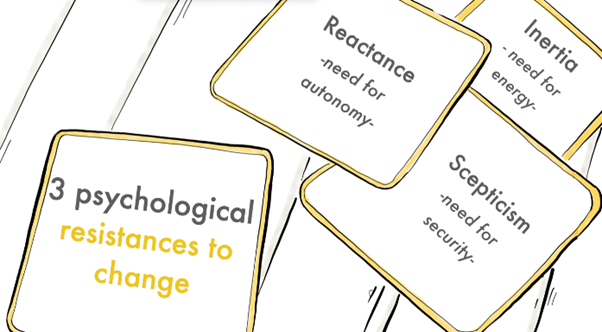
🌱 Need for autonomy 🚀
For instance, to enhance customer and employee satisfaction, empowering frontline employees with a client budget allows them autonomy in addressing client needs. The Ritz Carlton exemplifies this by allocating a "Wow" budget of $2000 per client, enabling employees to decide how to address client challenges independently. This approach not only increases employee satisfaction by giving them autonomy but also enhances customer experiences as employees can respond to individual needs promptly and creatively.
Another great example to give people more autonomy is the revolutionising Expense Policy of Netflix.
Traditional expense policies can be a lot of work for both employees and organisations, requiring meticulous documentation and extensive approval processes. However, Netflix took a bold step to streamline this administrative burden. Instead of intricate rules and tedious paperwork, Netflix adopted a single What does this mean in practice? It empowers employees to make autonomous decisions regarding expenses, trusting them to act in the company's best interest.
For example, if an employee believes that treating a potential collaborator to a lavish dinner at a Michelin-starred restaurant is necessary to seal a deal, they have the freedom to do so. However, they must be prepared to justify their decision if questioned. This level of autonomy fosters trust and empowers employees to make responsible choices.
By eliminating the need for receipts and paperwork, Netflix not only saves time but also promotes a culture of accountability and autonomy. While some may argue that this approach opens the door to potential abuse, the benefits of trusting employees to act in the company's best interest far outweigh the risks.
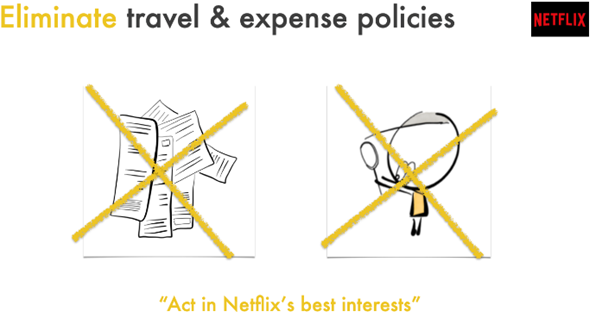
🌿 Need for security 🔐
While providing employees with increased security may not always be feasible due to rapid changes, embracing humility as a leader and involving employees in decision-making can be an effective strategy. Creating a platform for employees to express concerns and focusing collectively on solutions rather than problems fosters a culture of engagement and empowerment. By acknowledging that leaders don't have all the answers and encouraging open dialogue, organisations can tap into the collective intelligence of their teams to navigate uncertainty and drive positive change.
Another example that I have applied several times is the creation of a ‘Yes but' wall. In fostering innovation within organisations, combating the "yes, but" mentality is crucial. Here's how it works:
First, participants write down all their ideakillers on sticky notes for 5 or 6 minutes. These are then clustered together to visualise the obstacles. Next, the focus shifts to brainstorming opportunities and ideas, encouraging a positive outlook. Instead of looking on what can go wrong, we focus on opportunities. Any remaining objections are noted, but quickly redirected towards constructive discussion, enabling teams to embrace creativity and collaboration in pursuit of innovative solutions.
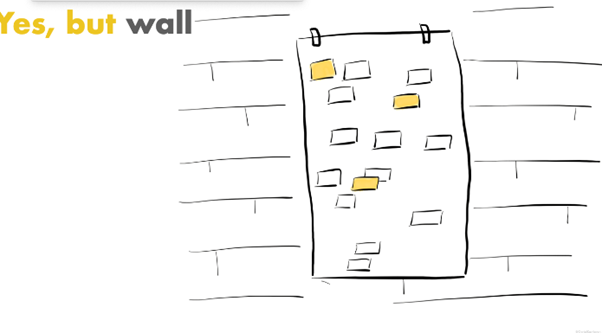
⚡️ Need for energy 🏃♂️
We human beings follow the path of the least resistance - certainly if there isn’t a conscious decision to go in a different direction. That’s also the reason why it’s hard to change a habit - certainly in the beginning. Because we know the ‘old’ path - our unconscious brain doesn’t have to do a lot of effort to stick to old patterns because it has done it so many times. If we want to change a habit, we have to change the pathway of the connections between neurons in our brain and that takes energy & time.
So this is an extra reason to make the new pathway as smooth as possible to conquer less resistance.

🚶♂️ Nudging 🎯
Moreover, when individuals understand their tasks and have no concerns yet fail to act, nudging them in the right direction can be beneficial. Nudging involves subtly influencing behaviour or decision-making without impeding freedom of choice. A nice way to do this is ‘playing’ with the default option. The default or standard option is in a lot of cases the easiest one to follow because we don’t have to make a decision.
This is the reason why there are huge differences between different countries when it comes down to organ donations. In the following graph you see how big those differences are. How is it possible that people in Denmark, Germany and the UK have so much resistance to donating their organs while the statistics of other countries exceed 90% positive results?
The reason is very simple. And because this topic is so complex, we just accept the default option because it takes too much brainpower to make a conscious decision.
Of course, a small percentage of the population will make a very conscious choice but the majority of us, just follow the easy, standard option.
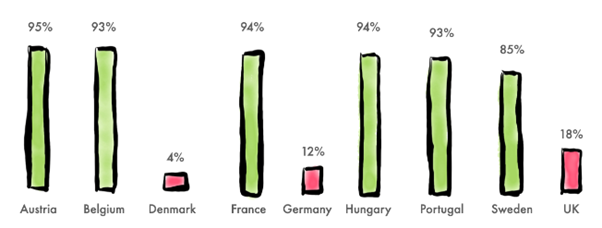
⏰ Rethinking Default Settings 💼
In another compelling scenario, an organisation struggling with an overflow of meetings found itself in a state of fatigue. With schedules packed tight, there was little room for genuine connection or relief.
Upon closer examination, they realised that the default meeting duration of one hour, simply dictated by room reservation settings, was worsening the issue. So, they approached the IT department with a straightforward request: Could they adjust the default meeting duration to three-quarters of an hour?
The impact was remarkable. Within a mere two months, the organisation experienced a shift in energy and ambiance. By reallocating 80% of meetings to three-quarters of an hour, individuals gained invaluable breathing space. Whether it was a brief chat, an extra cup of coffee, or simply a moment of tranquillity, this small adjustment fostered a more conducive environment for collaboration and well-being.
This serves as a great example of how altering default settings in a straightforward manner can yield significant behavioural changes and cultivate a more positive work culture.
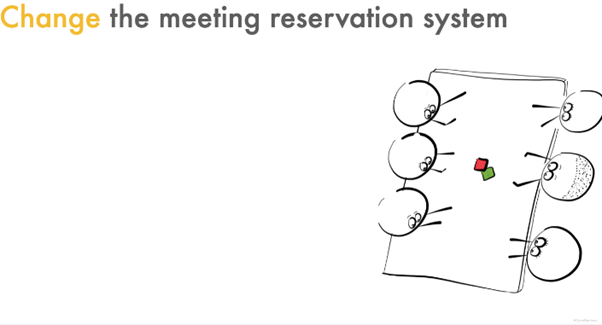
💪 Motivation Through Aversion 😖: How Stickk.com stimulates change
Stickk.com offers a unique approach to habit formation and goal achievement by allowing users to set stakes on causes they strongly dislike, such as a particular political party or association. By attaching financial penalties or forfeits to failing to meet their goals, individuals are motivated to stay committed and avoid supporting causes they oppose. This aspect taps into the power of negative reinforcement, leveraging aversion to certain outcomes as a driving force for behaviour change.
Additionally, users can still benefit from social accountability by involving friends or appointing a referee to monitor their progress, ensuring they stay on track towards their desired habits or objectives. This innovative approach not only encourages personal growth and self-improvement but also provides a platform for individuals to align their actions with their values and beliefs.
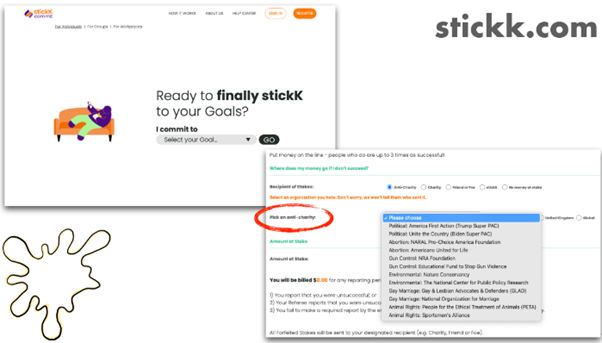
💭 Sssss ... A moment of reflection 🌟
Take a moment to reflect on the insights shared in this newsletter. What resonated with you the most? How can you apply these concepts to your personal or professional life? Have you encountered similar challenges in change management? What strategies have worked best for you?
Why not start taking small actions today to pave the way for meaningful change?!
Cheers,
Nic (aka Cyriel)
====
Hi, I’m Cyriel - international speaker on 'Making Change Simple'
Change is constant and often scary, but it doesn’t have to be. I bring a simple perspective to help leaders and teams tackle change confidently. Through practical insights, interaction, and humor in my keynotes, you can turn the fear of change into opportunity.
Don’t mind the change. Change your mind.

